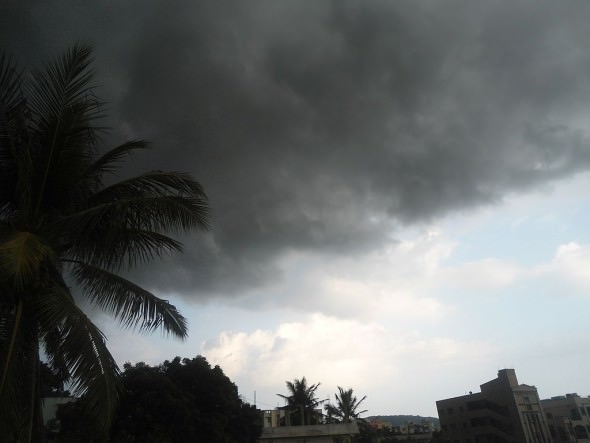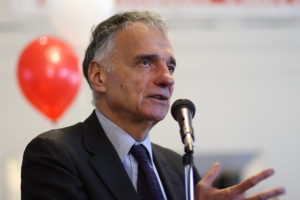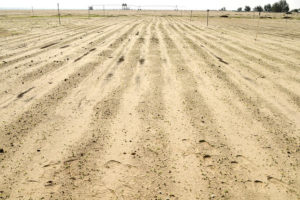Air Pollution Compounds Effects of Climate Change
Reduced monsoon rainfall and increased river flow are two extremes that new research has linked to man-made impacts on climate caused by air pollution.
By Tim Radford, Climate News NetworkThis piece first appeared at Climate News Network.
LONDON — Two separate studies have confirmed the extent of human influence on climate change — and, for once, carbon dioxide is not the usual suspect.
One team has just found that air pollution dimmed the skies of northern Europe, reflected sunlight back into space, reduced evaporation, and increased river flow.
The second group reports that similar aerosol pollution had a quite different effect on the Asian monsoons: in the second half of the 20th century, the darkening skies reduced temperatures and cut the summer monsoon rainfall by 10%.
The two seemingly contradictory findings underscore two clear conclusions. One is that climate science is complex. The other is that human activity clearly influences the climate in different ways.
Worldwide concern
Both studies are concerned with an era when there was, worldwide, more concern about choking smog, sulphuric aerosol discharges and acid rain than about man-made global warming. They also both match complex computer simulation with observed changes in climate during the second half of the 20th century
Nicola Gedney, a senior scientist at the UK’s Meteorological Office, and colleagues report in Nature Geoscience that she and colleagues looked at the growth in aerosol pollution, especially in the Oder river catchment area of central-eastern Europe, that followed the increased burning of sulphurous coal in Europe right up till the late 1970s.
The consequence of that burning was a reduction in sunlight over the hemisphere. But this began to reverse with clean air legislation and a widespread switch to cleaner fuels. River flows, which had been on the increase, were reduced.
“We estimate that, in the most polluted central Europe river basin, this effect led to an increase in river flow of up to 25% when the aerosol levels were at their peak, around 1980,” Dr Gedney said. “With water shortages likely to be one of the biggest impacts of climate change in the future, these findings are important in making projections.”
Aerosol pollution
Meanwhile, a group led by Debbie Polson, a researcher in the University of Edinburgh’s School of Geosciences, Scotland, focused on aerosol pollution and the Asian summer monsoons, which provide four-fifths of the annual rainfall of the Indian subcontinent.
They report in Geophysical Research Letters that they calculated annual summer rainfall between 1951 and 2005, used computer simulations to quantify the impact of increasing aerosol emissions and greenhouse gases during that time, and factored in natural variations, such as volcanic discharges.
They found that, overall, levels of rain during the monsoon fell by 10%, and this change could only be explained by the influence of aerosols from car and factory exhausts.
“This study has shown for the first time that the drying of the monsoon over the past 50 years cannot be explained by natural climate variability, and that human activity has played a significant role in altering the seasonal monsoon rainfall on which billions of people depend,” Dr Polson said.
Your support matters…Independent journalism is under threat and overshadowed by heavily funded mainstream media.
You can help level the playing field. Become a member.
Your tax-deductible contribution keeps us digging beneath the headlines to give you thought-provoking, investigative reporting and analysis that unearths what's really happening- without compromise.
Give today to support our courageous, independent journalists.








You need to be a supporter to comment.
There are currently no responses to this article.
Be the first to respond.